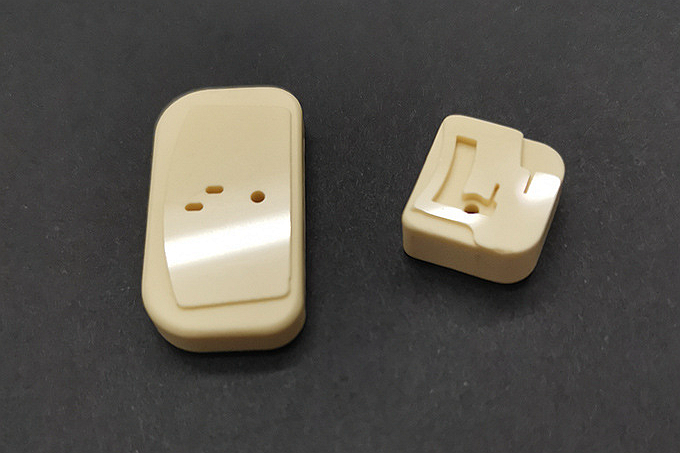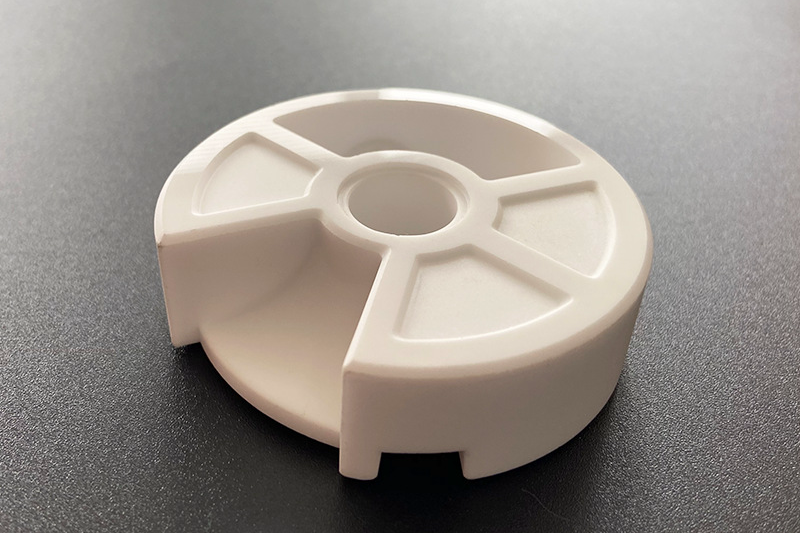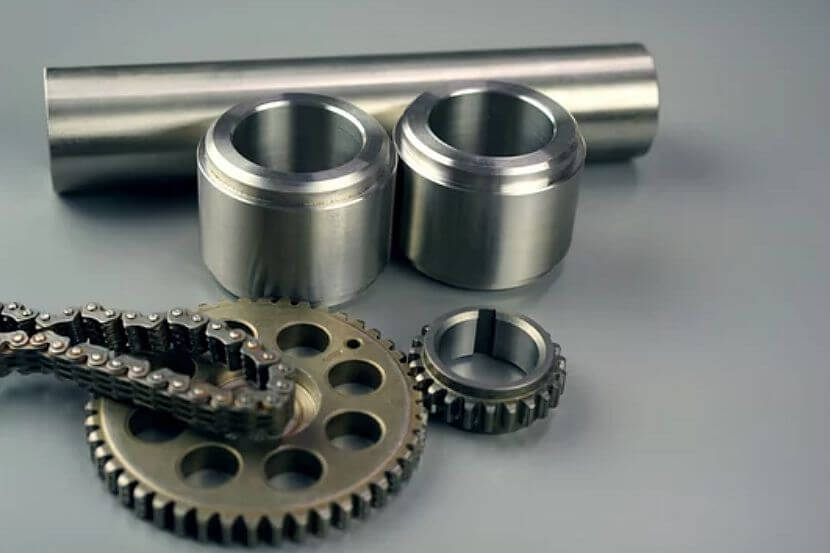How to choose between liquid and air cooling for various telecom applications?
In telecom systems, the choice between liquid and air cooling depends on factors such as power density, installation environment, maintenance strategy, and lifecycle costs. High-power 5G AAUs, massive MIMO radios, and high-density baseband units generate more heat in smaller volumes, often pushing traditional air cooling to its limits. At the same time, operators seek compact and lightweight hardware for telecommunication towers, rooftop sites, and indoor hubs. Selecting the right cooling method means matching thermal performance, reliability, and manufacturability using suitable materials and processes such as ceramic injection molding, aluminum die casting, and sheet metal fabrication.
When Air Cooling Is the Right Choice
For low- to moderate-power-density equipment—such as small cells, outdoor distribution boxes, and lower-power AAUs—air cooling remains the simplest and most cost-effective solution. Fin arrays integrated into die-cast housings using A380 aluminum or A356 aluminum provide large surface area for convection with low weight. Enclosures formed via sheet metal fabrication can incorporate air channels and louvers to guide airflow over hot components. Air cooling is preferred where:
Power density and ambient temperature allow acceptable junction temperatures with reasonable heat sink size.
Maintenance access is limited and simple, fan-based systems are easier to service or replace.
Leak risk and liquid handling are unacceptable (e.g., pole-mounted radios high above ground).
In these cases, careful optimization of fin geometry, internal heat spreaders, and air paths—validated via prototyping and CNC machining prototyping—usually achieves the required thermal performance.
When Liquid Cooling Becomes Necessary
Liquid cooling is justified when air cooling cannot maintain device temperatures within limits without excessive size or noise. High-power macro base stations, centralized baseband pools, and dense data hubs may require cold plates or liquid-cooled manifolds. Here, internal channels can be manufactured by precision casting, 3D printing prototyping, or multi-part brazed assemblies. Ceramic components produced by alumina CIM or silicon carbide CIM can be used where electrical insulation, corrosion resistance, and high thermal conductivity are needed in the coolant path.
Liquid cooling is typically chosen when:
Module power density is very high and the allowable temperature margin is narrow.
System footprint must be minimized, and large finned heat sinks are not acceptable.
Equipment is located in controlled environments (baseband rooms, shelters) where pumps and manifolds are serviceable.
Material and Manufacturing Considerations
Liquid-cooled components must withstand pressure, corrosion, and prolonged exposure to coolants. Alloys used for cold plates and manifolds may come from copper alloy precision casting for maximum conductivity, or aluminum alloys with protective anodizing to resist corrosion. For air-cooled housings, aluminum die casting combined with powder coating provides robust outdoor durability for telecom structures.
Ceramic components via ceramic injection molding are especially beneficial in RF paths and high-voltage zones, where they can act as thermally conductive, electrically insulating interfaces between power devices and metallic heat spreaders, optimizing both cooling and signal integrity.
System-Level Trade-Offs and Validation
The final decision should be based on system-level trade-off studies. Air cooling usually offers lower initial cost and simpler integration, while liquid cooling can unlock higher power density and performance at the expense of complexity. Early thermal simulations should be backed up by hardware samples produced using realistic processes—such as aluminum die casting, sheet metal fabrication, and 3D printing prototyping—so thermal, mechanical, and reliability tests accurately reflect mass-production behavior.



